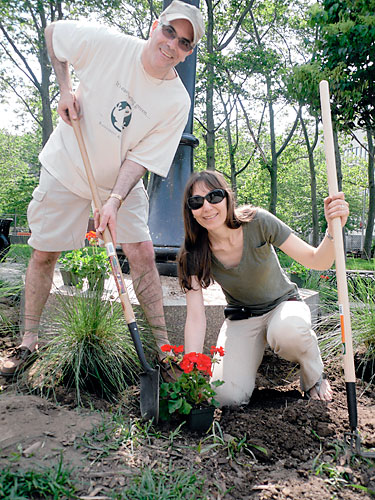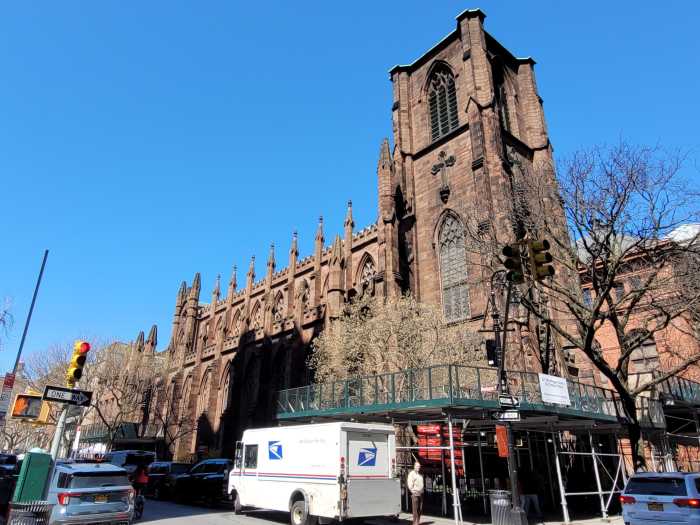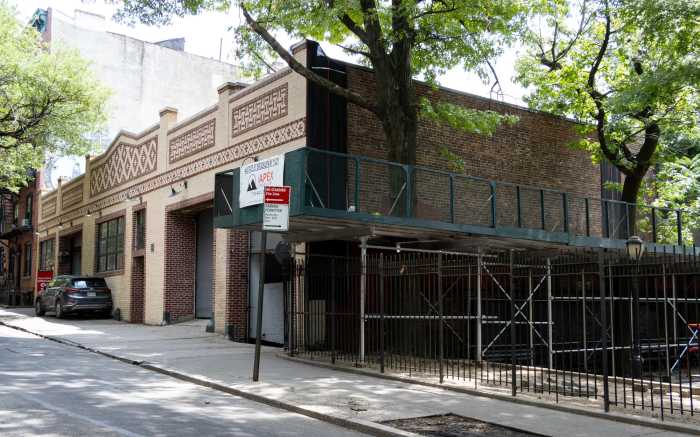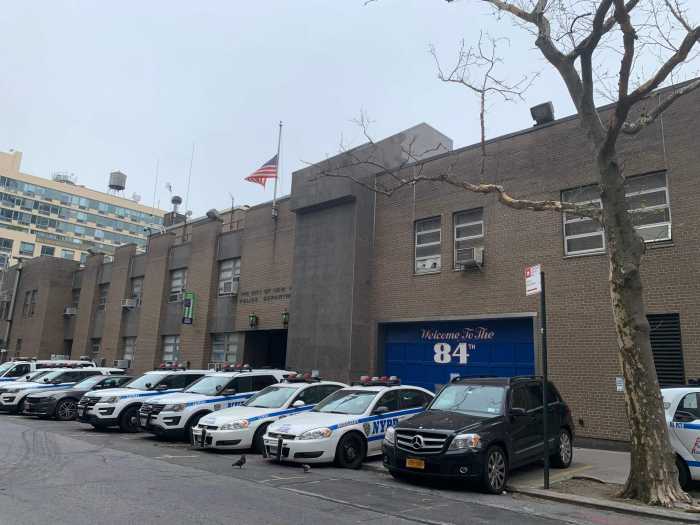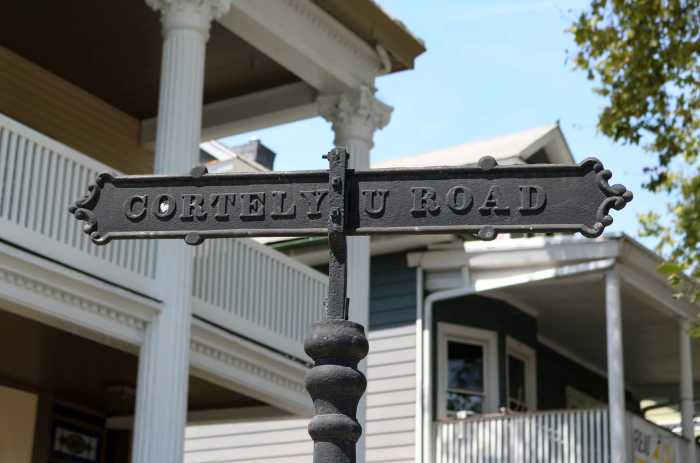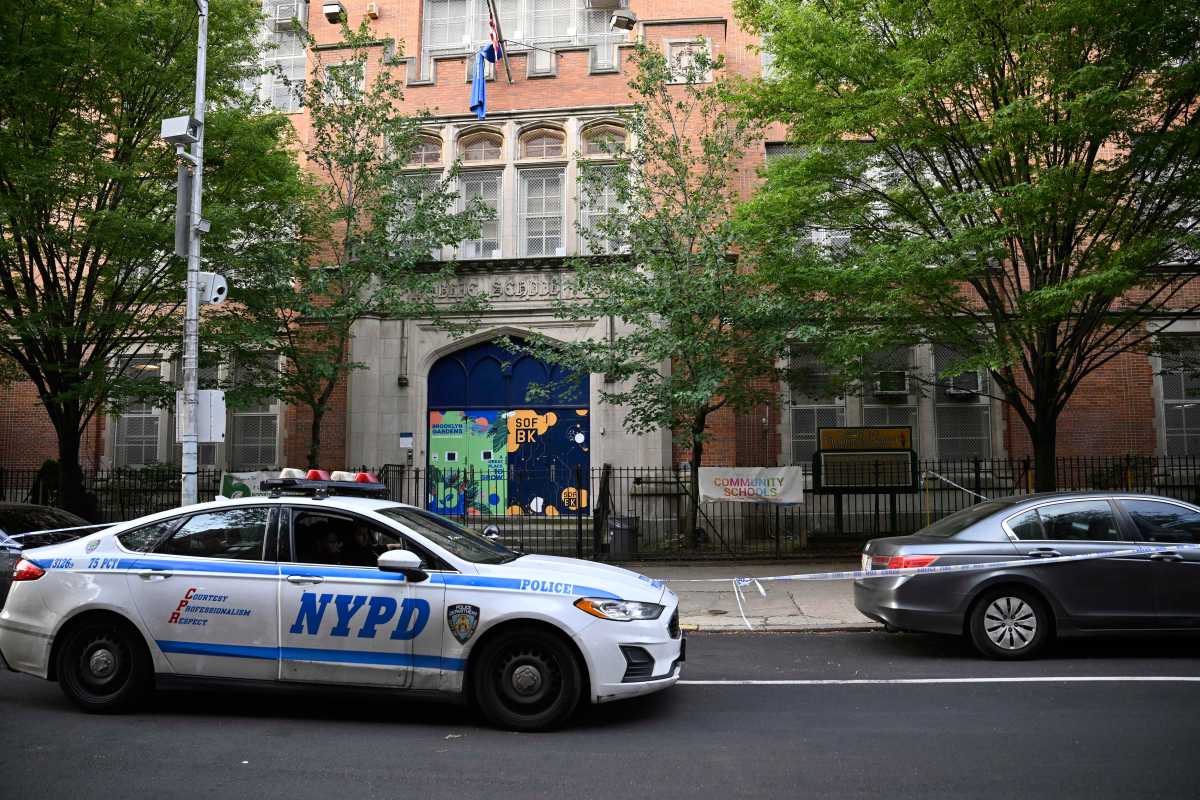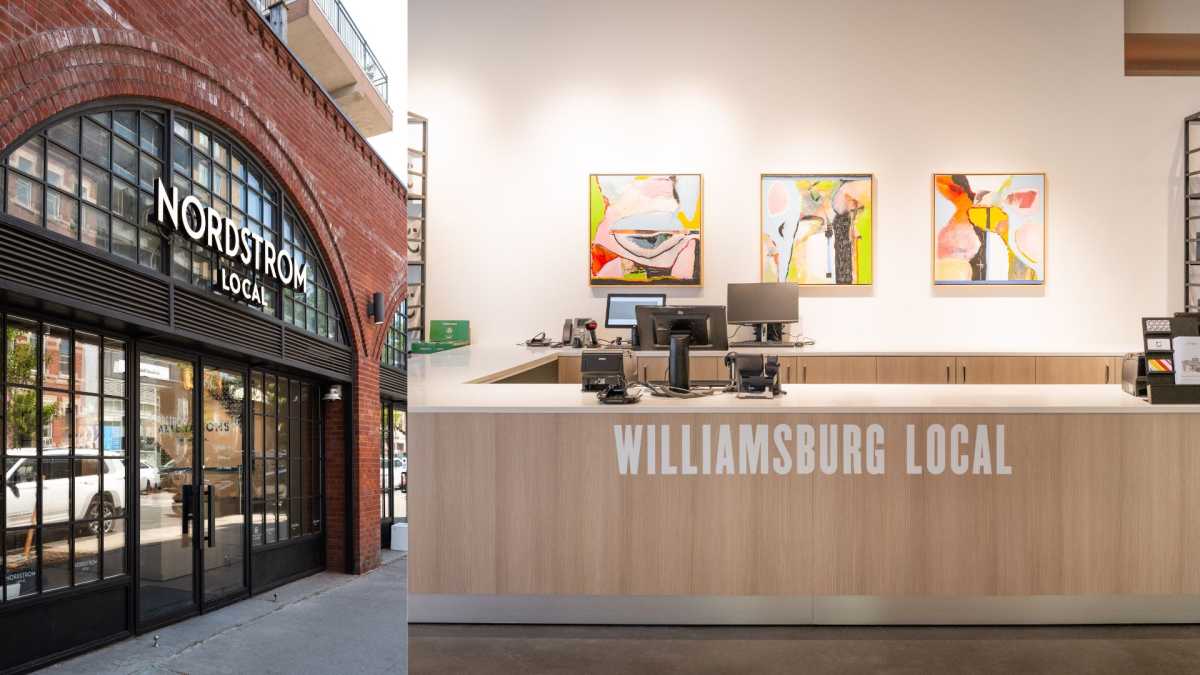A band of volunteers is taking the upkeep of Cadman Plaza Park into their own hands, picking up rakes and raising cash to fill in where the city falls short.
The Cadman Park Conservancy is the newest addition to Brooklyn’s half-dozen park alliances, where citizens moonlight as gardeners and fund-raisers to ensure that their parks are properly maintained.
“If the community doesn’t come out, it’s going to become what it was — just a dustbowl where the rats ruled the park,” said Toba Potosky, a founder of the conservancy.
Cadman Plaza Park, off Cadman Plaza West between Tillary and Prospect streets, underwent a $2.9-million face-lift in 2007 that included an Astroturf replacing its field of grass, new lighting, and additional trees.
Since then, Potosky said, it has already begun to deteriorate, with trampled plants, scattered garbage and battered pathways.
But instead of complaining to or even blaming the city, Potosky and the Cadman volunteers say they’re happy to tend to the park. In fact, they see it as their job.
“If we don’t care about the parks, then who will?” Potosky said.
As the Parks Department faces budget cuts year after year, officials have encouraged public-private partnerships as a way to fund new projects and renovations.
The city’s 2012 budget for the Parks Department is $233 million, down from $238 million in 2011 and $258 million in 2010, leaving the caretakers of city’s parkland with less and less resources.
“Every time a public-private partnership steps in, money and personnel frees up for other parks who might not have the extras otherwise,” said Parks spokeswoman Vickie Karp. “It’s a win-win for New Yorkers whether they have a dedicated conservancy or not.”
But some view the push for private dollars as the city refusing to take care of its own land, instead forcing individuals, typically from well-to-do neighborhoods, to do the dirty work.
“If you want to have a safe and properly maintained park, the city is forcing the citizenry to do it,” said Geoffrey Croft, founder of NYC Park Advocates, a watchdog group dedicated to restoring public funding to city parks.
He said that larger parks enjoy an unfair advantage, because their conservancies have full-time staff dedicated to fund-raising. The Prospect Park Alliance, for example, had $12 million to spend last year.
The Alliance, launched in 1987, grew from a corps of neighborhood volunteers into a major entity overseeing park maintenance. Its president also functions as a paid Parks Department administrator.
“We supplement what the Parks Department is able to provide, beyond the basic landscape care,” said Prospect Park spokesman Eugene Patron.
The Fort Greene Park Conservancy, on the other hand, has much less capital and a wish list of urgent repairs, including a new irrigation system to help control erosion.
Conservancy chairman Charles Jarden said that nearly all of his group’s $200,000 budget goes to park supplies and programming. The conservancy — founded in 1998 with 20 unpaid board members — does not have an official partnership with the Parks Department.
When conservancies form a partnership with the city, both parties sign a formal contract that defines responsibilities. The Parks Department retains ultimate authority over the green space, approving all the conservancy’s activities.
Jarden said that his group spends a lot of time lobbying for city, state and federal dollars for park renovations. It recently acquired funding to help the Parks Department fix the entrance at Washington Park and Willoughby Street that’s full of sand because of irrigation issues.
“The city, because of its impoverished state, can barely do the day-to-day maintenance of the park,” Jarden said. “It’s an aging and overused park, and we need to leap ahead and make a conceptual plan for it.”
The Cadman conservancy is also in the beginning stages of a city partnership. Last month, members chipped in $500 to plant geraniums and launch a website, and they’ll need even more cash to file for nonprofit status.
Their goals for Cadman Plaza Park include bringing in food trucks and reopening the Brooklyn War Memorial building to the public. But for now, the group’s focus is on the park’s weathered infrastructure — and stopping kids from trampling the geraniums they recently planted.
Potosky disagrees with the notion that park maintenance is solely the city’s job.
“Why would it be a negative thing to care for the park?” he said. “If we want the park to be beautiful, we need the people who use it to help out.”


